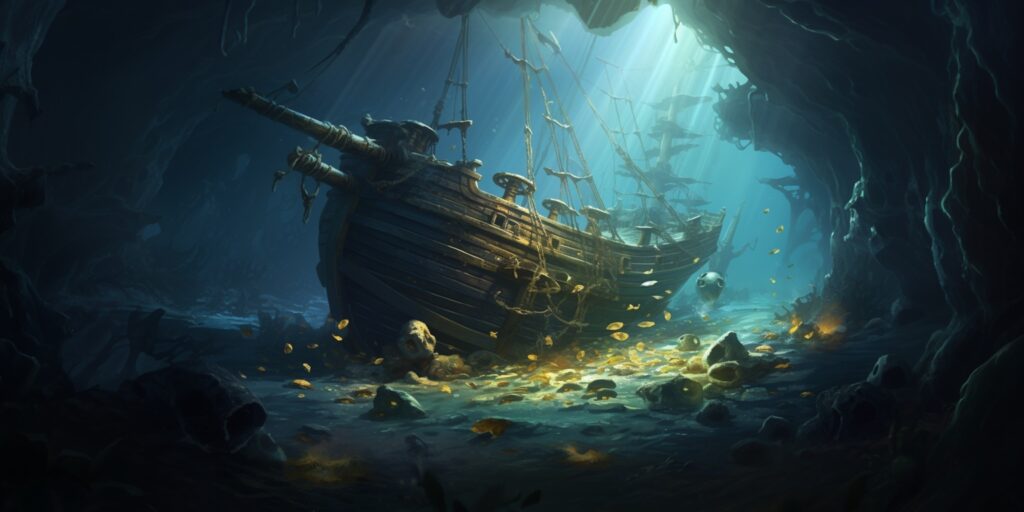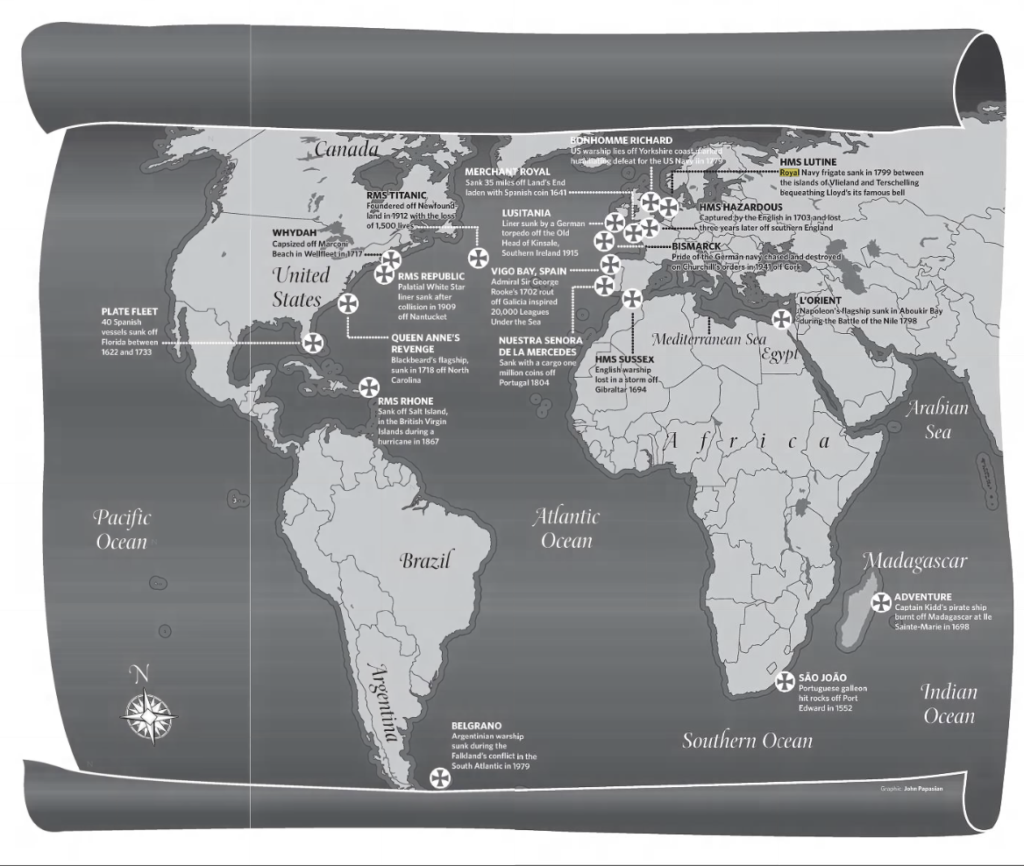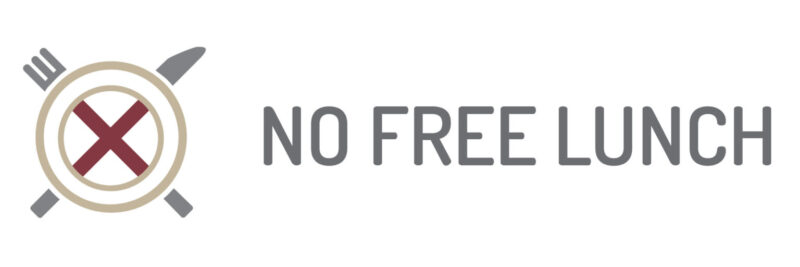
There are reportedly 3,000 shipwrecks containing lost treasure dotted around the ocean floor waiting to be found. So what’s stopping intrepid treasure hunters from claiming this hugely valuable historic booty? We look at the challenges of salvaging lost treasure.
Everyone’s a treasure hunter now
You only have to flick through streaming services to see how much we love a good treasure hunt. The Pirate Gold of Adak Island on Netflix is a great example.
Pirates and buried gold are always a winning combination, but in the case of Adak Island, the story has solid provenance, given some of the treasure – tin cans stuffed with gold coins – has already been found.
What’s more, much of the treasure hunting, often relying on metal detecting, appears relatively low-tech and within the capabilities of the average viewer.
The gold reputed to be buried on Adak Island is just one of thousands of well-documented sites of buried treasure, but despite the great wealth waiting to be recovered, most will remain untouched because of the challenges in salvaging lost treasure.
Pinpointing the location of treasure
The most obvious problem with finding lost treasure is establishing the exact location of the booty. Given the cost of mounting a salvage operation (discussed below), you need to narrow the search beyond what Wikipedia might tell you.
Professional treasure hunters will invest heavily in technology and equipment. The majority of findable treasure was lost at sea several hundred years ago, often with no survivors, so you’re relying on second-hand information at best to pinpoint the location.
The best approach to establishing an accurate location from conflicting information drawn across multiple time periods is to use an open-source Wisdom of the Crowd approach.
The Wisdom of the Crowd
A Wisdom of the Crowd approach was famously used in the case of the U.S submarine Scorpion, which disappeared in the North Atlantic in May 1968. The salvage operation faced an initial search area covering a 20-mile circumference circle.
A naval officer named James Craven decided to leverage the knowledge of a diverse set of experts in a range of fields relevant to finding a lost submarine.
Craven was inspired by a similar approach used to locate a hydrogen bomb lost off Palomares on the southeast coast of Spain. (That’s a whole separate can of worms).
Craven asked mathematicians, salvage experts and mariners to guesstimate where, based on available information, the Scorpion may have come to rest.
Despite the seriousness of the situation, with 99 men lost, Craven turned the search into a game, offering bottles of Chivas Regal whiskey as prizes for the most accurate guesses (as recounted in the book Blind Man’s Buff about the submarine disaster and its recovery).
Amazingly, the collective guess, combined with the latest hydroacoustics, was 220 yards from the actual location, under 3,000m of water.
Prediction Markets & OSINT
Without knowing it, Craven had created an early example of a prediction market. Today, the Good Judgment Project takes a similar approach to assessing the likelihood of important socio-economic and political events.
The GJP leverages a wide pool of skilled forecasters using a Brier Scoring framework, selling its services as a consultancy.
The internet and the availability of satellite imagery and user-generated content posted on social media have also seen an explosion in open-source intelligence (OSINT), especially in relation to verifying facts on the ground in conflict zones; Bellingcat is a prime example.
So if the Wisdom of the Crowd can locate a lost submarine or provide the most accurate geopolitical forecasting, why isn’t it uncovering lost treasure?

The limitations of modern salvage operations
Modern salvage businesses do operate their own versions of the GJP but do so within the strict confines of non-disclosure.
Finding treasure isn’t a matter of national security but profit. So professional treasure hunters have to walk a thin line between leveraging specialists’ knowledge and maintaining operational secrecy.
Even if salvage operators and treasure hunters can keep their research secret, they face an array of challenges in finding lost treasure.
Environmental challenges
Even if you can pinpoint with any confidence where you think treasure was lost, there’s no guarantee it’s still there.
Earthquakes, storms, tides, and currents could have moved what’s left, while anything on the sea or river bed might also be buried under metres of sand and silt.
Those same challenges will make searching and confirming the location exceedingly challenging and costly, with weather conditions limiting the search to brief windows of opportunity.
Gold, silver and precious stones are durable – part of what makes them valuable – but boats, trunks and clay storage may not have survived the elements.
James Howells knows all about the environmental challenges and salvage. He’s convinced his old hard drive containing almost a quarter of a billion pounds worth of Bitcoin is in a landfill in Newport, Wales.
Unfortunately, the local council don’t have the permits to allow excavation of the dump due to the environmental risks of excavating and moving large amounts of waste.
Access
Let’s say you locate the smoking gun, or in the case of the San Jose, the ship’s bell, confirming its identity. Your troubles have only just started, as now you’ve got to get to the wreck, search it for anything of value and get it safely back to the surface.
The Titanic is the most famous shipwreck in the world. A single menu from the fated voyage recently fetched £84,000 at auction in November 2023 so imagine what other surviving relics might fetch?
The location of the Titanic has been known since 1985, but it is under 12,400 feet of water. The risks of accessing those depths were highlighted by the implosion of the Titan submersible in June 2023, killing five people on a site-seeing trip to the famous wreck.
Technological challenges
To stand any chance of finding and accessing treasure sites, you’ll need sophisticated equipment for location. This will include sonar, drones and remote submersibles along with the expensive third-party data from satellites or ocean surveys and the skills to interpret the information being sent back.
Even then, unless you are lucky enough to find definitive physical evidence, you’ll likely be working on intelligent guesses about what you might have found. How much money would you invest investigating a hunch?
To investigate the treasure site, you’ll need the right equipment to safely recover it, such as remotely operated submersible robots.
Even where there is a huge public interest in locating a missing ship or plane, and all available resources are employed, searches can fail to find anything.
Think about Malaysian Airlines Flight 370; the Boeing 777 was over 60m long and disappeared almost ten years ago, but has never been recovered. Compare that to a ship, one-third of its size, like the wreck of the Flora del Mar, which disappeared off the Sumatran coast 500 years ago with a reputed £1.6bn in gold and jewels.
Few wooden ships have been successfully salvaged, especially in warm waters that accelerate decay and expose the wood to shipworms. Salinity and temperature have a huge impact on wood preservation in water. As soon it is exposed to oxygen, it quickly degrades.
It took a decade to raise the Marie Rose, a 16th-century ship discovered in the English Channel in the 1980s, and a complicated water system to protect what was left of it in a purpose-built museum.
The Vasa is the only 17th-century ship to be successfully salvaged. In 1628, the Swedish ship sank just 1200m after launching from Stockholm harbour in 32m of water. It still took 5 years and 1,300 dives to salvage, admittedly in the 1950s.
Legality
Let’s assume you’ve located your sunken treasure and figured out a safe and cost-effective plan to bring the glittering booty to the surface. Your troubles aren’t over.
There will likely be a minefield of jurisdictional claims or restrictions as many countries have strict laws governing the excavation and ownership of historical artefacts and treasures.
The example of the San Jose is the perfect case study for the legal minefields sunken treasure can generate. The Spanish Galleon sunk off North West Colombia in 1708 with £16bn worth of gold and jewels.
The San Jose’s location has been officially recognised by the Colombian Government since 2015 but is protected as a state secret.
Despite its intentions to salvage the national patrimony, private and legal claims dating back to the 1980s have meant that the treasure of the San Jose remains on the sea bed.
Ethics & Culture
Over time, the intangible historical and cultural value of shipwrecks or ruined temples rises with the measurable value of gold, silver and jewels. This creates an ethical dilemma over whether excavation should be left to the private sector.
Salvage can work in private-public partnerships, combining the skills of experienced treasure hunters looking to make a profit with organisations focused on preserving heritage.
Just as important is sensitivity in treating treasure sites, which are often mass graves or have specific cultural significance.
The debate around the exhumation of Egyptian mummies provides a good example of moral dilemmas around archaeology. This equally applies to treasure hunting, where the profit motive shouldn’t be the only consideration.
The curse of the Pharoahs may be just a myth, but it is rooted in the belief that ancient burial sites are sacred and aren’t meant to be disturbed.
Cost
If you add up the cost of all the challenges of salvage listed so far, you soon realise why commercial treasure hunting requires very deep pockets.
Odyssey Marine, credited with numerous high-profile salvage operations, including the HMS Victory, is publicly listed on the NASDAQ,
The Victory sank on February 23rd, 1737, and was believed to be lying 8 miles northwest of Alderney, the most northerly of the Channel Islands.
In the words of Odyssey Marines CEO, the salvage specialists found the Victory “more than 80 km (43 nm) from where anybody would have thought it went down“.
The example of the HMS Victory illustrates that treasure hunting is like looking for a needle in a haystack, except you might spend millions and realise you’re in the wrong field.
No Free Lunch
There is no such thing as a free lunch, but if you’re hungry to find out why, we’re here to help.
You can learn the meaning and origin of the no free lunch concept, as well as the broader philosophy behind the idea that nothing can ever be regarded as free.
We look at our relationship with money and truth, examining all of the supposed shortcuts, life hacks and get-rich-quick schemes.
